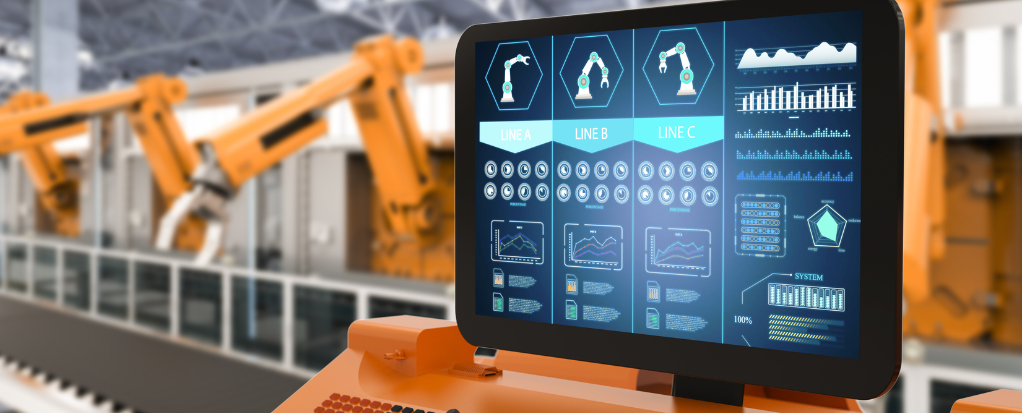On Earth Day, with familiar calls to “Reduce, reuse, recycle,” we look for ways to improve sustainability and reduce unnecessary waste.
But have you ever considered applying these tried-and-true measures to your proprietary content?
This Earth Day, we want to challenge you to think about your proprietary organizational content like the valuable resource it is — which, if built sustainably, can be reused and repurposed in countless different ways, continuing to provide value far beyond it’s original purpose.
Recycling has become a common practice in our everyday lives, yet when we think about content development, we rarely think about reuse.
Instead, organizations often end up with massive content landfills — hundreds if not thousands of pieces of content created for a one-off purpose, locked in a specific format, that will never be reused beyond the original purpose or need.

When you consider that anywhere from 50-70% of an organization’s content is typically proprietary — meaning it can’t be bought off the shelf, it must be created in-house – you really start to see the inefficiency of recreating the same or similar content many times over, for a multitude of different publications or business needs.
In honor of Earth Day, here are 3 simple ways you can reuse, repurpose, and recycle your content:
1. Start Small First

“I built a training reference guide months ago and now they want it available for different audiences and in multiple job-aids. I’ll have to rebuild it.”
Sound familiar? It is very difficult to recycle content once it has been created and locked into a large format. Copying and pasting content is time consuming and hard to maintain, so the result is often starting from square one. In contrast, starting small first and focusing on single topics to address a specific need, gives content authors an infinite amount of configuration and delivery options when building their content. Focused topics, just like an article in a magazine, make it easy to understand without relying on the pages that proceed or follow. For example, an author can create many stand-alone topics on any given subject matter and assemble those topics for specific audiences based on need, experience level,delivery method and any other relevant factors without recreating any of the content.
Instead of treating complex content assets as one-off deliverables, organizations can create sustainable, reusable content by building content in individual, self-contained chunks or components, and then re-configuring and reusing them over and over again in countless different arrangements, formats, delivery channels.
2. Leverage Existing Content

“I just found out that a procedure has changed. I will have to edit it in multiple places and republish all iterations – assuming I can find them all.”
Not having a single, centralized content repository across the organization makes it impossible to leverage or reuse existing content — if you can’t find it, how can you possibly reuse it? This leads to wasted time, extraneous costs, and a lot of needless duplication. It is also makes it difficult to maintain accuracy and traceability, which can result in outdated information being utilized and potentially leading to safety and liability issues. A centralized content library gives organizations the ability to store content in one location, allowing for easy discovery, access, and reuse across teams.
Instead of starting from scratch when a new piece of content is needed, content authors can search a centralized database to quickly find all existing content on a particular topic, so they can review and reuse relevant content components and only create new content that is truly new. This not only resolves the content landfill problem, it eliminates one of the main drivers of content management inefficiency — time spent recreating content that already exists elsewhere.
3. Adopt a Recycling Mentality

“After four months of development, I realized that another team created some of the same content. What a waste of time.”
Not having a single source of truth for a piece of content prevents authors from easily updating and redistributing the content in a timely manner. Adopting a recycling mentality promotes working smarter, not harder, and drives significant, measurable efficiencies across the extended enterprise.
When content is built as individual content components (a table, a short topic, an image, a video, even a unique list item), it can easily be reused for a wide range of audiences and needs. And by linking reused content — not copying and pasting — source content can be updated once and seamlessly synced wherever it is used. Storing content in flexible XML and creating a single source of truth makes it easy to adopt a recycling mentality, empowering content authors to easily and efficiently reuse and update content over the long term.





